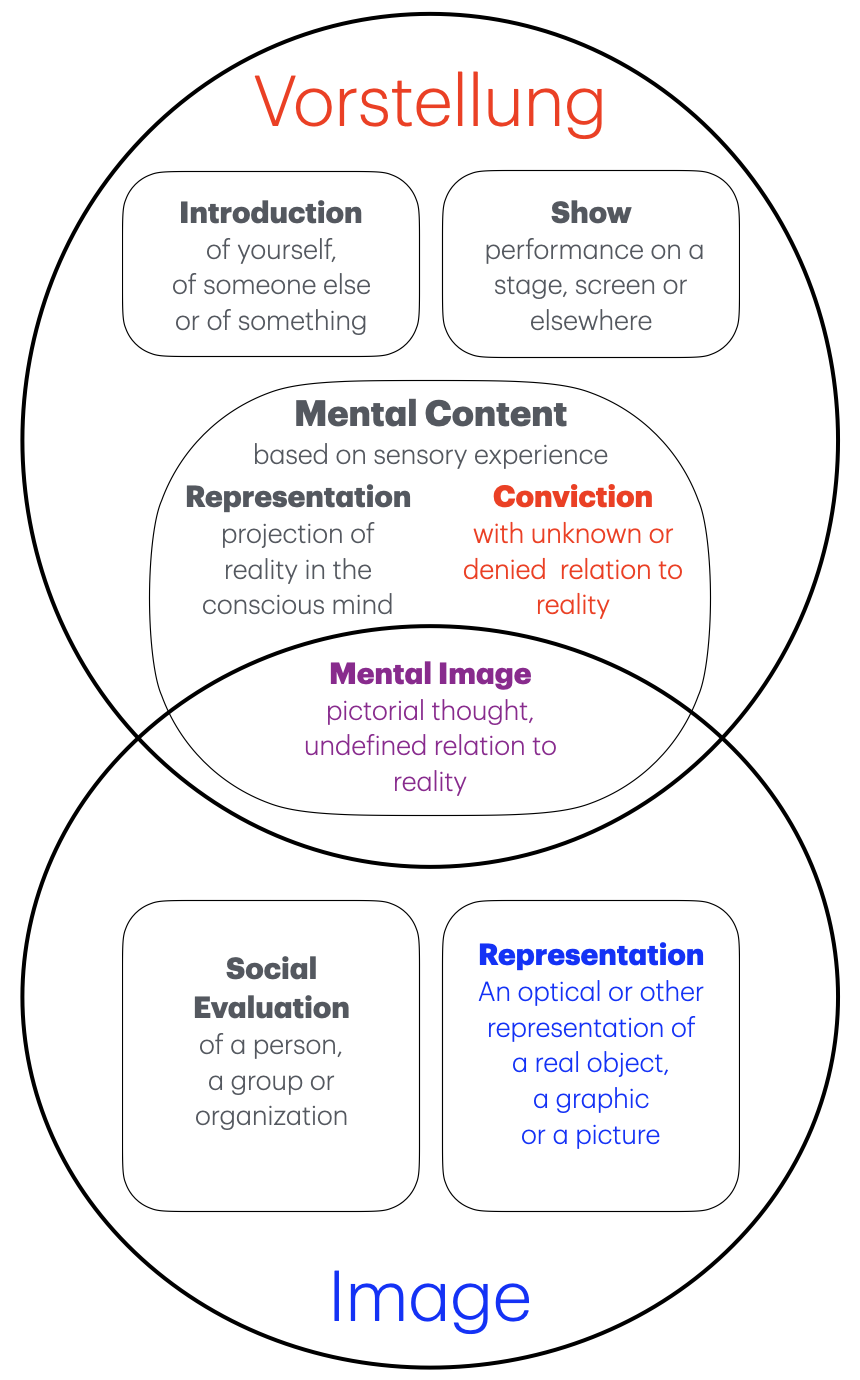This article is not so much about philosophy but more about language. The Chinese philosopher Confucius recognized the importance of a clear language a long time ago.
“if language is not correct, then what is said is not what is meant;
if what is said is not what is meant, then what must be done remains undone;
if this remains undone, morals and art will deteriorate;
if justice goes astray, the people will stand about in helpless confusion.
Hence there must be no arbitrariness in what is said. “CONFUCIUS
However, our language is still a mess. Many words are ambiguous, unclear or arbitrary.
Let’s assume somebody tells you not to think about a pink elephant. What could happen is that you imagine a pink elephant. That you see a picture of that elephant in your mind. It could be said that you see a pink elephant in front of your inner eye. You get the idea of that concept. I would describe it as a pictorial thought, a picture in your mind that does not necessarily represent reality.
What would you call this picture, that you see with your “inner eye”, with your imagination? The best English word that I could find for this concept is “Image”. But “Image” is also used for other concepts. To specify, it is possible to use two words and describe the concept as a “Mental Image” (Wikipedia) or a “Mental Picture” (Wiktionary). I will use “Mental Image” on this website and pretend that it is one word. The primary use of the word “Image” according to Wiktionary is the one I also use: “an optical or other representation of a real object”. There is one more well known concept for the word “Image”, so three in total (see below figure).
For a well educated mind it is mostly possible to select the intended meaning of a word, which the speaker or author also had in mind when using a word like “image”. We say that the meaning arises from the context. However, most of us have already experienced situations where this did not work properly. This results in a misunderstanding. Sometimes we notice that something is off and can clarify it directly. But a misunderstanding can also remain unnoticed for a long time, and much can happen before we become aware of it.
Another difficulty with ambiguous words arises on this blog because I am using a glossary to provide a list of concepts. This tool is unable to select a meaning based on the context that a word is embedded in. One option is to list all concepts connected to a word in the glossary and let the reader select the correct one. Another option is to try and use each word for only one concept. That is what I attempt to do on this blog.
When we look at the German language, the best word for above concept is “Vorstellung”. And again, the word is also used for many other concepts. And they are totally different to the other concepts of the word “Image”. I am no longer using the word “Vorstellung” for the concept described above, because it is used on this blog for a different concept, marked red in below figure. The concept connected to the word “Image” on this blog is marked blue. For the overlap this blog uses different words, marked purple (“Mental Image” in English, “Gedankenbild” in German).

Especially in the fields of human sciences (Geisteswissenschaft) and life a lack of established and clearly defined concepts and many ambiguous words complicate communication. If we want to develop in these areas, we have to find the needed concepts and name them in a way that makes understandable communication as easy as possible.